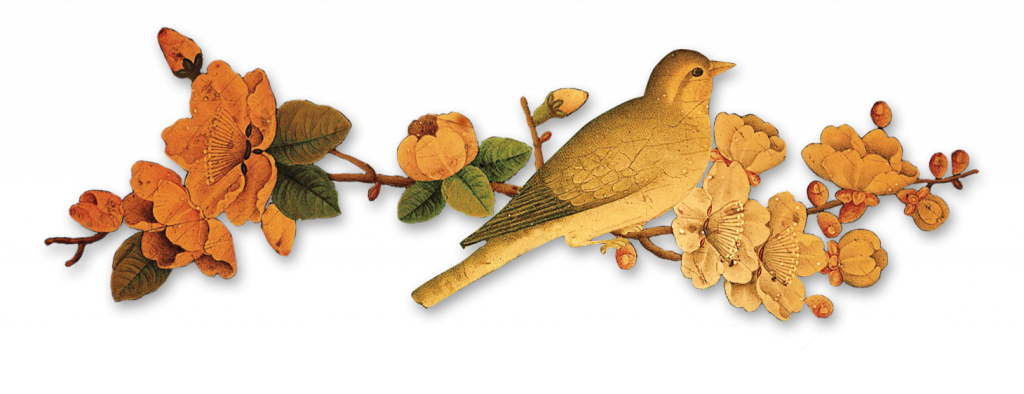A review of the book: Anahita – Ancient Persian Goddess and Zoroastrian Yazata (Paper and Kindle details)
Book Review by Terry Graham (review produced here with kind permission).
A compendium of material on the archetypal figure of Anahita is testimony to the work of Payam Nabarz, editor of the Mithras Reader, devoted to the ancient Iranian primal male archetype. Anahita: Ancient Persian Goddess and Zoroastrian Yazata is a rich compendium of articles examining this figure from diverse points of view: mythological, spiritual, academic, aesthetic, historical, ethnic and psychological.
Amongst the many articles of value two papers stand out in providing fundamental factual and academic information on the background of Anahita. One is the piece by Sam Kerr, entitled An-Åhitvm Purity by Sam Kerr (sole error in this sound treatment: long ‘•’ in the title name). The importance of this article lies in analysis of the meaning of the concept upon which the archetype of Anahita as deity is based. Analyzing the etymology of the name in the Indo-Iranian context of Sanskrit, Kerr shows how the archetype of the feminine as representation of purity developed, while the second key article, by Israel Campos Méndez, on the incorporation of Anahita with Mithra into the Achaemenian political ideology, shows how this pre-Zoroaster goddess concept became merged with the mother goddess figure of the Middle East.
In demonstrating the obsessive involvement with ritual purity and chastity which grrew around the Anahita cult, Kerr gives us a solid background for understanding why the Iranian prophet Zoroaster, founder of the Mazdean religion, rejected the archetype in his religious reform, focusing the worship solely on the Supreme Deity, Ahura Mazda, as he conceived the Godhead, much like the Yahweh coming from Moses and the Allah from Muhammad. As to why Artaxerxes II, the Achaemenian shah, brought her back into the pantheon of worship, along with her male counterpart Mithra, 150 years after Cyrus and Darius established Zoroaster’s monotheism as the reigning faith of their empire, we must turn to the article by Campos Méndez on the Achaemenian rock inscriptions.
Despite his generally sound thesis, the author begins in a misleading way, suggesting polytheistic corruption in the Achaemenian ideology. In fact, as he very effectively proves, there was no enunciation of any polytheistic nature until 150 years after Cyrus II the Great founded the empire in 559 BCE. It could well be argued that Artaxerxes II (405-359) and his succesor Artaxerxes III (359-338) brought the two figures into the pantheon to form a trinity for purely political reasons, rather than as a matter of faith. As Campos Méndez recounts, the inscriptions served as «an important propaganda work» (p. 41).
The politics of bringing Anahita into the picture along with Mithra served to appeal to the regions in which the mother goddess figure was resonant, as with Cybele in Anatolia and the eastern Mediterranean litoral, along with the Sumerian Inannu and Babylonian Ishtar in Mesopotamia.
With no validity for the commonly held view that this is the thin edge of creeping polytheism into the Achemaenian state religion, the real danger actually lay in the theology of the mubads, the Mazdean priests, who, like clerical dogmatists in every faith, made innovations of their own, beginning with the dualistic concept of an evil god pitted against Ahura Mazda and carrying on with the addition of other deities, called ‘yazatas’ (literally, ‘godlets’), including some of the old Aryan ones which Zoroaster had scrapped.
There was great economy in the inclusion of Anahita and Mithra, in that they had arehetypal power far beyond that of the other gods. There is no sense of any compromise towards the polytheisms of Greeks, Romans, Egyptians and other peoples under Persian rule. In fact, inscriptions citing the pair occur strictly under the two aforementioned shahs, after whom they disappear. So the Achaemenians clearly remained purer in their monotheism than the theologians of the future state religion of the Sasanian empire (224-642 CE).
In his introduction, despite his all-embracing survey of the impact of the figure of Anahita in the Iranianate world, even Nabarz falls prey to the mubads’ misconception, if not deliberate distortion, confusing Ahura Mazda with His prime creation, Spenta Mainyu, the Holy Spirit, as chief of the seven Amesha Spentas, the Holy Immortals. He presents a graph of the mubads’ pantheon, where Ahura Mazda is reduced to the level of the illustrious Immortals, the archetyal forms serving much like the Names and Attributes of Allah in Islam, thus debasing the Supreme Deity to a position vulnerable to challenge by an ‘anti-god’.
The compendium comprises articles and graphics providing a wide variety of perspectives on the goddess, showing her power in the psyche as the eternal feminine. The great demonstrator of the interrelationship between ancient Iranian and Chinese and Japanese culture, Masato Tøjø, ananlyzes a water ritual in Mahayana Buddhism, while an Iranian archeological team gives an illustrated study of Sasanian rock reliefs attributed to Anahita. The goddess is depicted both as object of adoration in ancient art and as subject of inspired artwork by present-day aficionados.
Kaveh Farrokh’s discussion of the possible connection between Anahita and the Lady of the Lake in Arthurian legend serves as departure point for an illuminating comparison of Iranian and Celtic spiritual culture, arising from a common origin as sub-group in the Aryan ethno-linguistic tradition.
Amply illustrated, this compendium effectively presents its theme of the ancient world’s most well-rounded ideal of the feminine archetype. Where other folk divided the feminine into many aspects, fragmenting the possibilities of womanhood into the diversity of a multitude of goddesses (say, amongst the Greeks: Hera for queenship, Athena wisdom, Demeter nurture, Aphrodite beauty, Artemis provision gathering, Hestia domesticity, etc.), the Iranians are shown to have subsumed all the feminine qualities into virtually a sole Godhead in female form.






